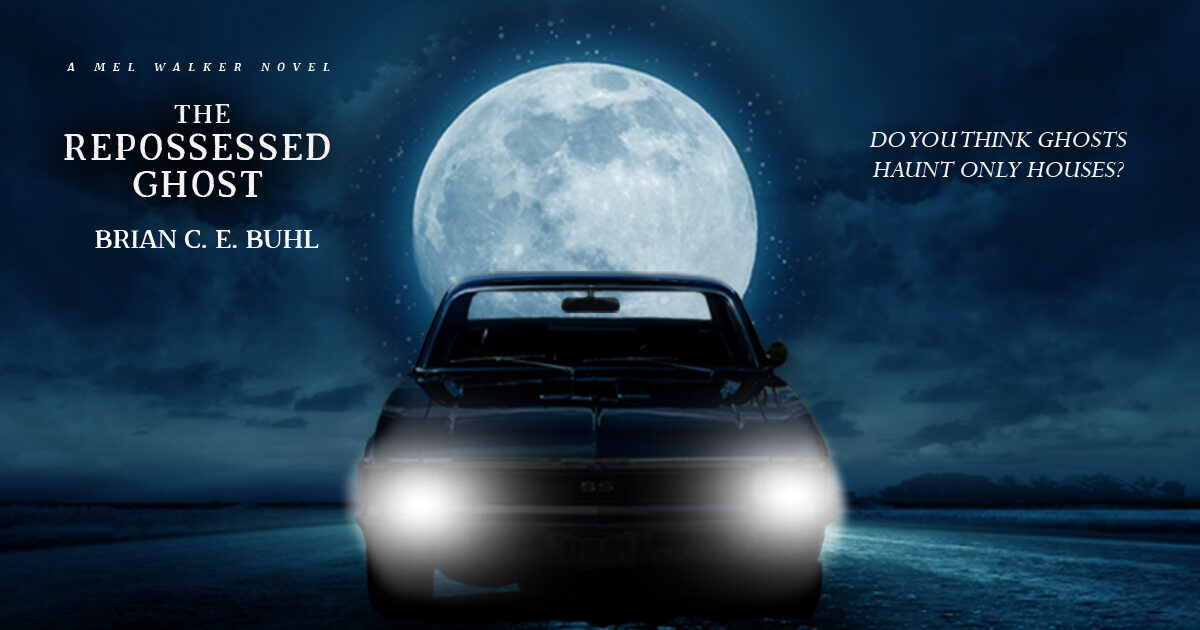The master class during the retreat involved learning several different approaches to story structure. Some of these structures I knew before the class (like the story circle / simplified Hero’s Journey), some I thought I knew but I was wrong (I’ve been looking at 3 Act Structure incorrectly for a while), and at least one was new to me (Seven Point Structure).
These lessons on structure mostly pertained to planning and outlining a story. Early in the week, discovery writers were mentioned briefly, and how they could apply these lessons on structure after they finish their first draft, but it seemed to me that discovery writers weren’t going to see as much benefit from these lessons.
I am not disparaging the class, and as far as I’m aware, no one complained about the content. I know the material was challenging for some people, simply because that level of planning isn’t their normal process.
This morning, I had a thought that might help discovery writers apply the lessons they learned without having to create an outline first. Before I get into that, I’m going to clarify what I mean when I say “discovery writers.”
What Are Discovery Writers?
You may know them as “pantsers” or some other name. When I first learned of this dichotomy of writers, it was pantsers versus plotters. Panters “write by the seat of their pants” and plotters plan out their stories in advance, making sure they have as many details as they need outlined before they start writing. Discovery writer is probably a better term, because not everyone wears pants, and the word “pants” means something different in the UK.
I used to think of myself as a discovery writer, but my approach to writing has changed over the years, and now I prefer outlining. My outlines aren’t as detailed as a lot of planners / plotters, and I’m not afraid to change my outline if I discover a better, shinier path during the course of drafting. On the slider between discovery writer and planner, I’m somewhere in the middle.
Before embracing outlines, I didn’t like them because I felt like I was spoiling the story before I wrote it. Taking all of the surprises away spoiled most of my fun, and I’d lose interest in telling the story. It was never a matter of laziness or an unwillingness to develop the story. When I lose my emotional connection to a story I’m reading, I put it down. The same goes for stories I’m trying to write.
Discovery Writers and Structure
If discovery writers don’t like to plan out their stories in advance, how do lessons on structure help them? Is a discovery writer doomed to require massive rewrites of all their early drafts, just to get the structure right?
We are constantly soaking in story, whether we’re writing them or not. Humans naturally look for patterns. We don’t have to consciously look for these patterns in stories. We pick them up and are comforted by them regularly.
For a lot of us, story patterns and structures happen regularly when we write, even when we’re not planning to include those structures. Early drafts may not be as misshapen as some might assume.
Discovery writers benefit from studying story structure because it reinforces a lot of the patterns they may already be adhering to as they write. And, knowledge of structures is a handy set of tools during revision, which almost all stories require whether they were plotted in advance or not.
My Idea to Help Discovery Writers
What if a discovery writer wants to consciously apply story structure before they get to the end of their first draft, without doing any outlining at all?
I think they can, and this is all they have to do: after finishing a chapter, write a one to two sentence summary of the chapter they just finished. Keep this in a separate document.
My recommendation is that all writers do this because when you’re done with the story, your synopsis is complete, too. I don’t know anyone that likes writing their synopsis, and this is an easy, painless way of accomplishing that task.
The discovery writer gets a side benefit of being able to look at the structure of their story as the synopsis is being built. They will see the places where the patterns are naturally unfolding. If they choose to, they can predict where the story is going, or use their knowledge of story structure to influence what they’ll write next.
That’s the idea. Simple, right?
In Conclusion…
If you already have an approach that works for you and you’re happy, stick with what works. Applying story structure is just another tool a writer has in their bag for diagnosing what is and isn’t working with their manuscript or outline. It can point out places where the something is missing or doesn’t fit.
